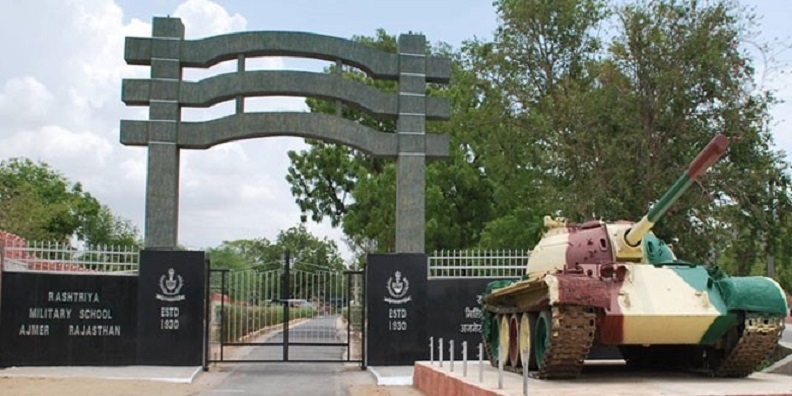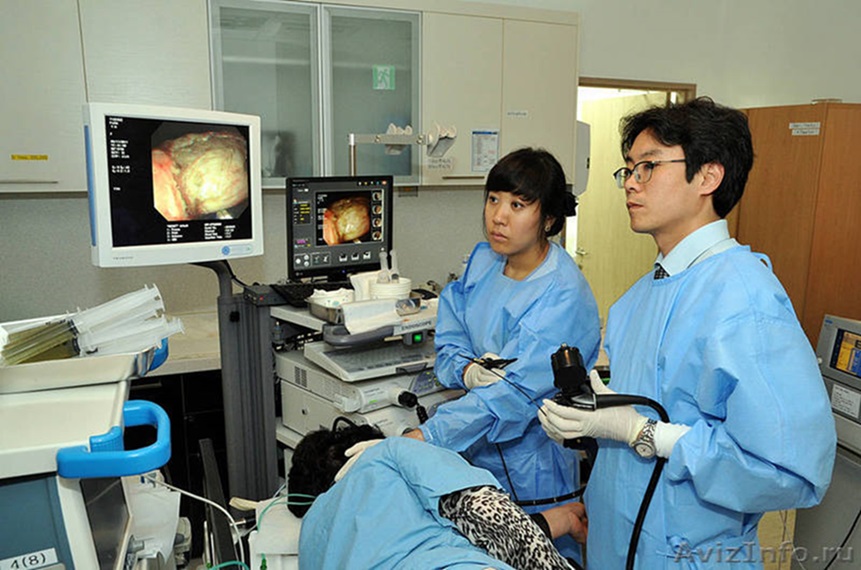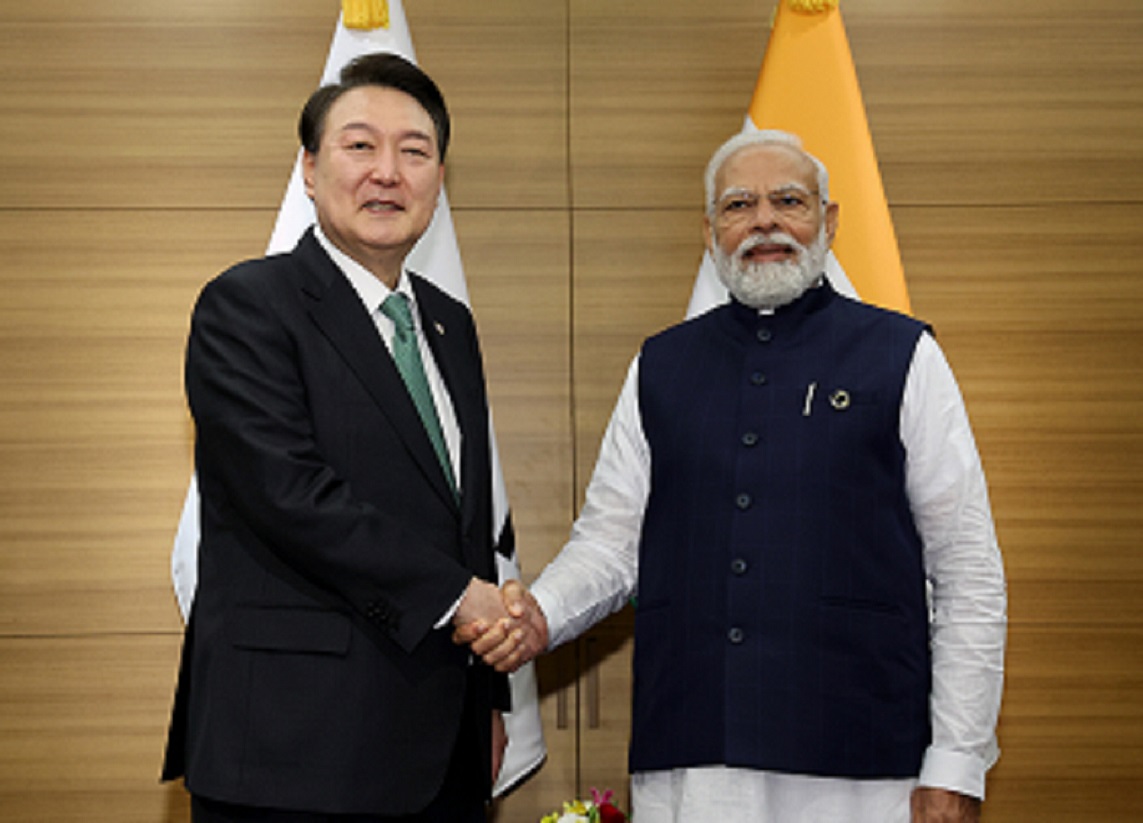Introduction
Entry into the Indian Armed Forces is through UPSC exam, CDS exam etc., after completion of Class XII examination. There are other types of induction into the Indian Armed Forces, like NCC ‘C’ Certificate entry, direct entry after Graduation etc. however; the most sought after the entry is through the National Defence Academy [NDA] route.
As a feeder, earlier to the Royal Indian Army/Navy/Air Force and after Independence, to the Indian Armed Forces, were created a few schools under the Ministry of Defence. Rashtriya Indian Military College [RIMC] and five King George’s Schools [KGS] at Chail, Dholpur, Ajmer, Belgaum and Bangalore were established. King George’s Schools were renamed as Military Schools and later Rashtriya Military Schools [RMS]. These were created with an aim to provide quality education to the wards/children of Indian Military personnel; officers as well as jawans. Later, this facility was tuned to motivate children to join the Indian Armed Forces, mainly through NDA. Cadets have been selected to the NDA from other schools as well. Kendriya Vidyalayas are another chain from which students have joined the Indian Armed Forces in large numbers.
Sainik Schools (SS), as a chain of schools, were conceived in 1961 by the then Defence Minister of India, VK Krishna Menon. They were established to eliminate the regional imbalance in the recruitment to the National Defence Academy (NDA). Therefore, we have SS in all the major states of the country from north to south and west to east. These schools are supported by the Central and State government and act as feeder institutions to the NDA. There are 28 Sainik Schools in India. The main funding to Sainik Schools is done by the respective State Governments.
Motivation to Join Indian Armed Forces
With an aim to provide good education to the wards/children of Armed Forces personnel of Indian origin, serving the Royal British Armed Forces, it was decided to open schools under the Army Headquarters in India. In addition to quality education to children of Indian troops, these institutions could be a feeder to the War effort of Great Britain. For these aims, one RIMC at Dehradun and King George’s Schools were established. Over the years the number of King George’s Schools rose to five.
Royal Indian Military College
RIMC, Dehradun has been an Elite school from the British days. The PWRIMC was inaugurated in March 1922. Prince Edward, The Prince of Wales, inaugurated the school on 13 March 1922, naming it the Prince of Wales Royal Indian Military College. The name was changed in 1947 to RIMC when India became independent. The prefix of Prince of Wales was dropped, and Royal became Rastriya, and thus the PWRIMC became RIMC, retaining the essence of the original name and the spirit of the name. The purpose of the school was to provide boys with education and training for the Indians being sent to the Royal Military Academy Sandhurst, as part of the Empire’s policy to make the officer cadre of the Indian Army more indigenous. RIMC was intended as a feeder institution to Royal Military Academy Sandhurst along the lines of an English public school. After India gained independence in 1947, the school continued to train young men to become a part of the Indian Armed Forces. The major difference is that instead of serving as a public school whose boys joined the RMA, RIMC now offers public school life, oriented towards joining the NDA.
Rashtriya Military Schools
The Rashtriya Military Schools in the Indian subcontinent were started in 1925 with the establishment of Chail Military School (King George Royal Indian Military College) in Jalandhar (in India) and Military College Jhelum (King George Royal Indian Military College) in Jhelum (now in Pakistan) and later on Ajmer, Bangalore, Belgaum and Dholpur were started by Government of India. No other military school is authorized to be named as a Rashtriya Military School. King George V was so impressed with the courage and fighting abilities of the Indian troops that at the conclusion of the World War I, he decided to set up some institutions for the education of children of Indian Jawans. Hence these schools were named King George Royal Indian Military Colleges. Initially, these schools were opened between 1925-1930 at Jhelum, Jullundhar and Ajmer. In 1945 when World War II came to an end, two more King George Royal Indian Military Colleges was started at Belgaum and Bangalore by King George VI.
I, being a product of the Military School, Belgaum has been through the entire gamut of education in that setup. Over the years, entry of children from the five Military Schools into NDA has reduced due to a variety of reasons. The few reasons amongst them being an increase in the syllabus, increased competition and thereby stress in getting higher percentages in Class XII exams, lack of guidance and coaching to the eligible school children, etc.. During the 60s to the 80s, the teachers were the mentors, guiding the children of Classes X & XI, and later of Class XII to prepare for the UPSC and CDS exams. And after having cleared the written exams, preparing them for facing the Services Selection Boards [SSB], the final step towards entry into the Armed Forces. The physical fitness regime being through PT, games and other physical activities. The curriculum and the physical activities were a complete package to prepare cadets for the Armed Forces training. To facilitate outdoors activities, huge open areas, well-developed sports fields, drill squares etc., have been created. Compulsory outdoors activities all week round are incorporated in the weekly programmes.
However, over years, due to increased competition for higher education and the job scenario in the civil streams becoming lucrative, the emphasis gradually shifted towards faring better in the Class XII exams for entry into Engineering Colleges, Medical Colleges etc. The physical/ outdoor activities taking a back seat and so did the coaching and guidance for NDA entrance examination. Now it has become almost impossible to get the existing teachers to prepare the children for the UPSC exams and SSB as the emphasis is on existing Higher Secondary syllabus. It is inferred that the All India Higher Secondary Certificate Examination syllabus is such that the teachers themselves find it difficult to cover the syllabus in the allotted time duration. In such a situation, they cannot be expected to coach the students for UPSC exam and further the SSB.
Sainik Schools
On the other hand, Sainik Schools which have come up later and are managed by the respective State Government are seen to be faring much better in terms of a number of cadets getting selected to the Armed Forces. This is a very positive development. These schools have good infrastructure with a compulsion for the students to attempt UPSC examination. The inspiration for Sainik Schools came from the Rashtriya Indian Military College (RIMC) which have given India many service chiefs and the existing public school system of India has been derived from it. Sainik schools can be regarded as the ordinary citizen’s public school where deserving students can get high-quality education irrespective of their income or class background. Seats are reserved for children of SC/ST and serving/retired Defence personnel.
Although Uttar Pradesh Sainik School Lucknow, established in 1960 was the first one of such kind, it is not under the Sainik School Society, but rather under Uttar Pradesh Sainik Schools Society, which is registered under the Indian Societies Registration Act (1860)
The objective of the Sainik Schools is to prepare the students to lead as officers in the Defence Services of the country. The schools select bright and promising students through an All India Sainik School Entrance Examination and focus on moulding their overall personality with an emphasis on extracurricular activities. Sainik schools resources allow cadets to develop their skills in sports, academics and other extracurricular activities. Infrastructure in Sainik Schools includes running tracks, cross-country tracks, indoor games, parade grounds, boxing rings, small arms firing range and other sports activities. Cadets also become a part of NCC. A cadet who completes the 12th standard usually possesses an NCC “B” certificate.
Suggestions
The management and infrastructure of the RIMC has been found to be the best, perhaps due to the traditions maintained since the British rule and perhaps due to personal attention by the Army HQ. The Sainik Schools, being relatively new, and are supervised by respective State Govts., are also doing pretty well. That leaves the Rashtriya Military Schools which need to be restructured to give better results, both in Class XII exams as well as success rate in entry into the NDA and other Defence Services Entry Schemes.
The Military Schools have a Lt Col rank of Officer as the Principal and a Capt/Maj as its Adm Officer. Both are Army Education Corps Officers. Sometimes, the Principal is a Civilian Officer from AEC. The structure needs up-gradation. The Principal should be of Col or equivalent rank. It will give greater authority and access to the higher formations of the Armed Forces. The MoD should consider Educationists of repute to be brought in as Principals. The tenure of the Principal should be of 3 years, and extendable by another 3 years after due assessment. The recruitment of teachers should be more stringent and the right material should be employed. Up-gradation and renewal of infrastructure should be carried out at regular intervals.
Motivational lectures should be conducted by serving senior officers of the three Services at regular intervals. Visits by other prominent citizens should be conducted. Psychological assessments should be carried out through reputed organisations and proper counselling should be carried out on a quarterly basis. The training and teaching pattern should be in line with the NDA training. Notwithstanding this, proper backup should be there for students who cannot join the Armed Forces, to ensure they can compete for other streams for higher education and in civil life.
Along with the wards/children of Defence personnel, about 10% of the seats each year should be offered to children from the local population. This will ensure proper homogeneity of the school composition as well as local support to the School Administration.
Conclusion
Children are the future of any nation and to make a better future of any country, the education, health and good habits of the children need to be carefully looked into. To feed cadets into the Armed Forces, the Ministry of Defence should upgrade the RIMC, RMS’ and Sainik Schools to one standard level and create educational and physical training infrastructure which will motivate and train the students of these schools to join the Armed Forces. The aim of these schools under MoD and respective State Governments should be to ensure that a maximum number of students join the Armed Forces. Proper Career Counselling should be done for all the students enabling them to chart out their own careers. Apart from the Defence Services, other fields are also equally important and those who cannot make it to the Defence Services should have a standby plan in choosing an alternate career, and this training will prepare them to excel in those fields as well.
Title Image Courtesy : http://www.georgians.in/rashtriya-military-schools
Disclaimer: The views and opinions expressed by the author do not necessarily reflect the views of the Government of India and Defence Research and Studies








